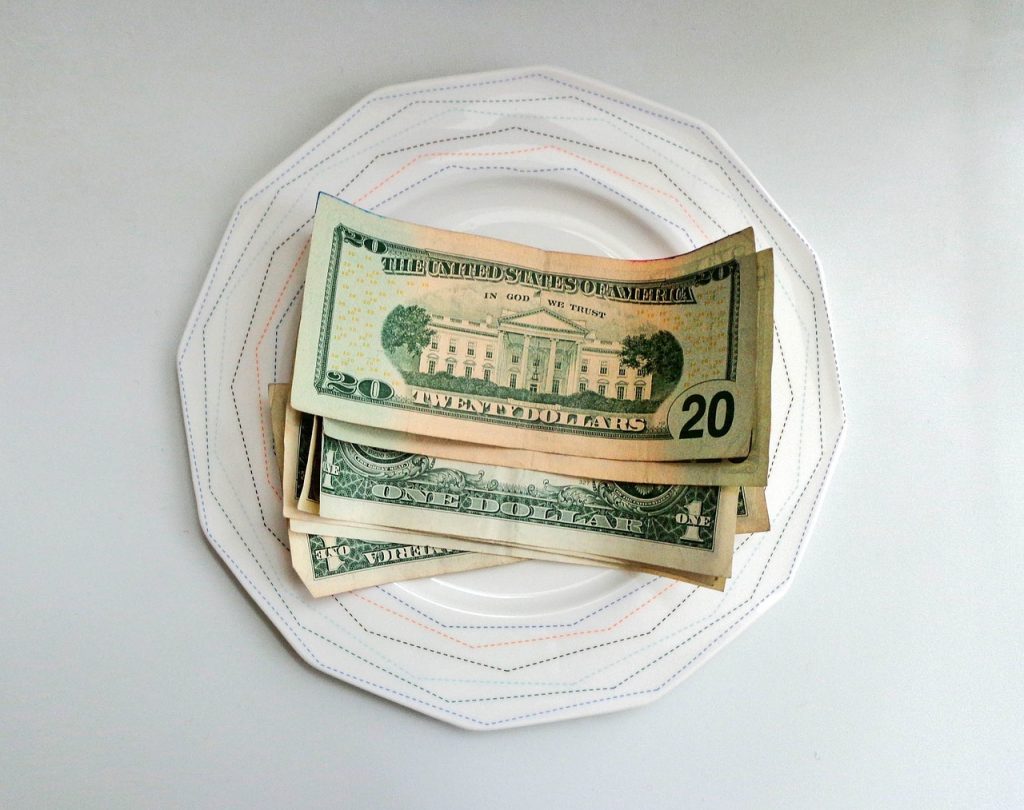What Is Tipflation And Why It’s Causing More Americans To Tip More Often
Tipflation is the practice of using technology to urge individuals to tip for goods and services where it isn't traditionally expected, and it's causing an increase in tipping nationwide.
This article is more than 2 years old

Chances are you have noticed that an increasing number of establishments have switched their payment system to a touchpad screen where you can add a tip. They are popping up everywhere, including coffee shops and fast-food establishments. Their prevalence has led to a new phenomenon making news headlines – tipflation.
But what exactly is tipflation? Essentially, it is the growing habit of tipping workers in industries where tipping has never been the norm. And this behavior appears to be increasing, despite the serious inflation sweeping the nation.
When you pay for your cup o’ joe or bagel sandwich these days, you may get asked to add a tip. And if the store has switched to one of the new touchpad payment systems, that tip section is large and in your face. It takes effort to look past the big tip percentage buttons to find the small “no tip” button hidden elsewhere on the screen.
And the result is exactly as intended. Americans are now tipping more and in locations where they never did before. That has resulted in tipflation.
Ask anyone online (or on the street), and you will likely get greatly varying opinions. Some are ok tipping at every opportunity, but others are angry at the presumptuousness of even getting asked. But many choose to tip to quickly exit an awkward situation, even if they never wanted to in the first place.
However, it turns out that tipflation is caused by those behind the scenes. According to NBC News, “In a recent survey of restaurant executives by industry group Hospitality Technology, 71% of respondents said using data to ‘understand guest preferences and behavior’ was their main reason for making POS upgrades.” But that’s not all they are doing with the new systems.
“Those devices and software also give businesses more ways to calibrate tip amounts. For example, managers can set the tip percentages customers can choose from, and even include a certain selection in the subtotal by default.” That’s right….the businesses themselves are adjusting those recommended tip amounts to try and get customers to click certain buttons.
And it is working. Square, a payment processor, sent NBC some of their most recent figures on tipping. The frequency of tipping at sit-down restaurants increased by 17%, which isn’t surprising news and won’t impact tipflation one way or another.
However, tipping frequency also occurred at other establishments, like coffee shops, by 16%. On top of that, “POS operator Toast found the average tip of around 19% on its systems has remained basically flat for much of the past 12 months. Even quick-service restaurant tips have held steady, hovering at just under 17% in the second and third quarters last year as inflation surged.”
That 17% average tip is significant for workers already making a decent wage (in most cases). And the expectation of offering a tip for anything and everything adds an additional pinch to already tight wallets (hence the tipflation moniker). However, the bad news for consumers is that as long as they allow companies to continue conditioning their behavior, tipflation isn’t going anywhere.



